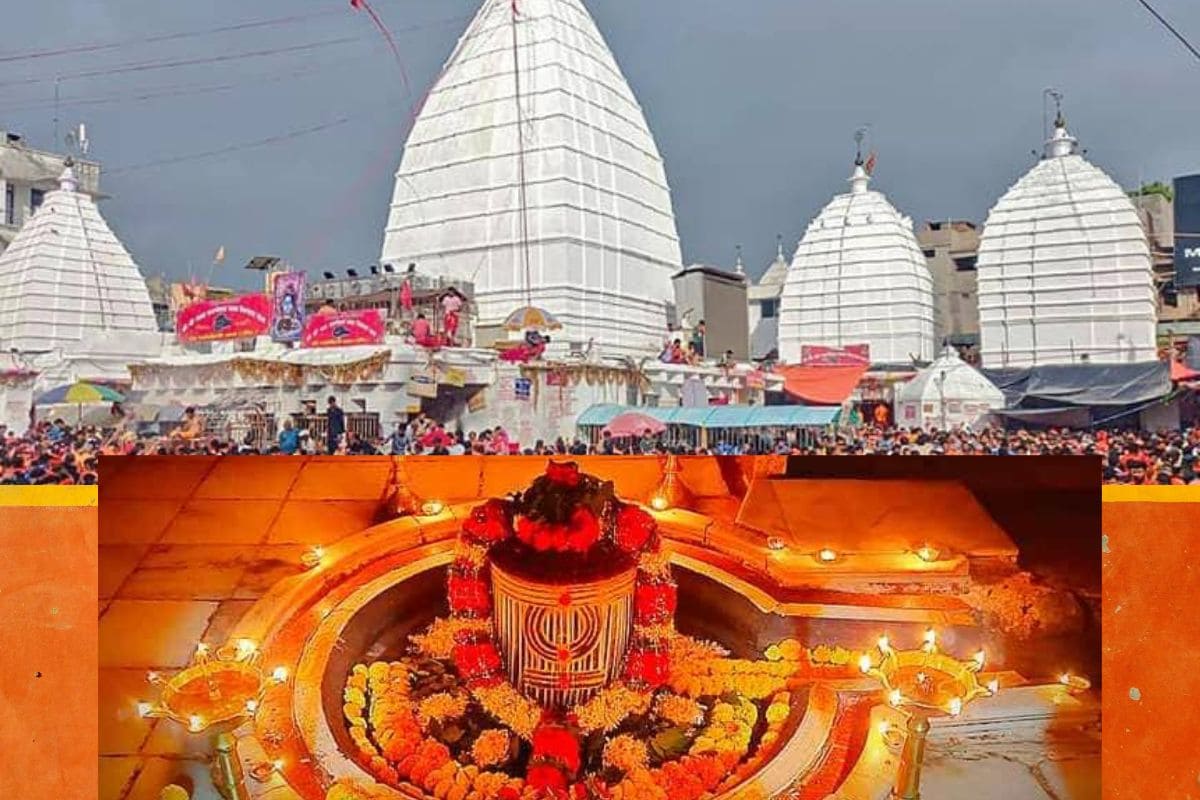Mahakaleshwar Jyotirlinga temple history, Significance, location, nearest place
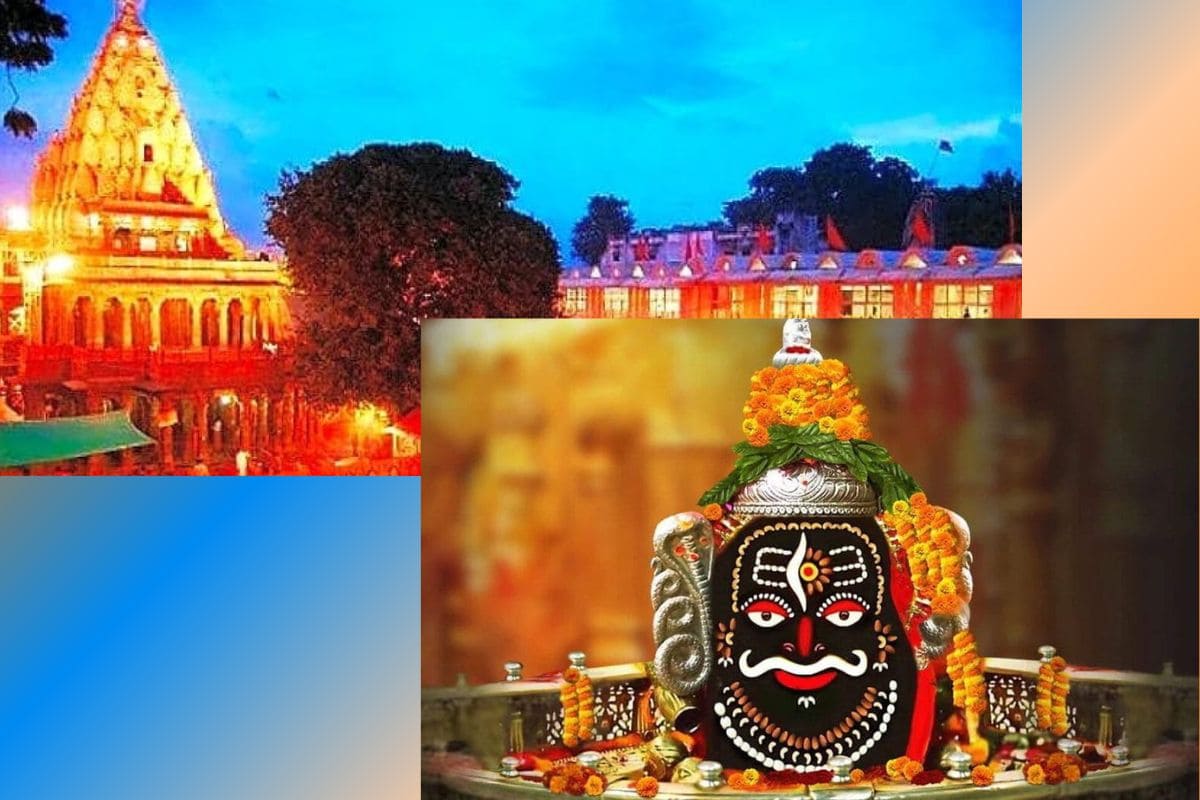
Mahakaleshwar Jyotirlinga Temple
‘Mahakaleshwar’ means “The Lord of Time and Death” (Mahakaal = Great Time/Death, Ishwar = God). The Mahakaleshwar Jyotirlinga, situated in the ancient city of Ujjain, Madhya Pradesh, is one of the most powerful and spiritually significant of the twelve Jyotirlingas of Lord Shiva. This sacred shrine is known for its unique status as a Swayambhu (self-manifested) Jyotirlinga and is also the only one that faces south, earning it the name Dakshinamukhi.
Lord Shiva is worshipped here in his fierce Mahakaal form — the destroyer of time, darkness, and evil. The temple is a revered place for liberation (moksha) and believed to be especially effective in removing fear of death and untimely death.
This Jyotirlinga has the rare distinction of being part of the Tantra traditions and is closely linked to Kal Bhairav and other fierce forms of Shiva. It is a key pilgrimage site during the Kumbh Mela, held every 12 years in Ujjain.
Location
The Mahakaleshwar Temple is located in the heart of Ujjain city, on the eastern bank of the sacred Shipra River, in Madhya Pradesh. Ujjain, also known as Avantika, is one of the seven Moksha-puris (cities of liberation) in Hinduism.
- Nearest Railway Station: Ujjain Junction (2 km)
- Nearest Airport: Devi Ahilyabai Holkar Airport, Indore (55 km)
- Road: Well-connected via Indore-Ujjain Highway
How to Reach the Temple:
- Reach Ujjain by train or road
- From Ujjain Junction, take a cab or auto (10-minute ride)
- The temple is centrally located and accessible by walk from nearby hotels and ghats
Nearby Places to Visit Around Mahakaleshwar Temple:
1. Kal Bhairav Temple (4 km):
Significance: Dedicated to Shiva’s fierce form; unique for liquor offerings to the deity.
2. Harsiddhi Temple (0.5 km):
- Significance: One of the 51 Shakti Peethas; famous for its lamps and history.
3. Ram Ghat (1 km):
Significance: Sacred ghat on Shipra River; main site for Kumbh Snan (ritual
4. Sandipani Ashram (3.5 km):
Significance: Ancient gurukul where Lord Krishna and Balarama studied.
5. Mangalnath Temple (5 km):
- Significance: Birthplace of Mars (Mangal Graha); important for astrological remedies.
6. Gopal Mandir (0.3 km):
Significance: 19th-century Krishna temple with stunning marble architecture
7. Vikram Kirti Mandir (1 km):
- Significance: Museum dedicated to King Vikramaditya and Ujjain’s history.
HISTORY
The legend of Mahakaleshwar Jyotirlinga is deeply rooted in the Shiva Purana. According to the story, a demon named Dushana began terrorizing Ujjain, attacking its devout Brahmins. The people prayed to Lord Shiva for help. Lord Shiva emerged from the ground in a fiery form and destroyed the demon, establishing himself as Mahakaal, the lord of time and death.
Historically, Ujjain was a significant center of learning, culture, and astrology. The temple has stood through centuries of invasions, reconstructions, and royal patronage. It was notably rebuilt by Maharani Ahilyabai Holkar in the 18th century, whose contributions to Shiva temples across India are legendary.
The temple complex also houses shrines of Ganesh, Parvati, Kartikeya, and Nandi.
TIMELINE
Ancient Period:
- Ujjain recognized as one of the Sapta Puri (seven sacred cities).
Original temple believed to be established in ancient times; praised in Puranas
1235 CE – Delhi Sultanate Invasion:
- Temple destroyed by Sultan Iltutmish during Islamic invasions.
1734 CE – Reconstruction:
- Rebuilt in stone by Maharani Ahilyabai Holkar.
- Established the current form of the sanctum and temple complex.
Modern Times:
.
- Major restoration and beautification by MP government.
- Equipped with crowd management systems, LED lighting, and cultural infrastructure.
UNIQUE TRADITION – BHASMA AARTI:
The Bhasma Aarti of Mahakaleshwar is one of the most unique and spiritually charged rituals in the world:
- Performed daily at 4:00 AM.
- Sacred ash (bhasma) is used to adorn the Shivalinga.
- Only temple where cremation ash is used in Aarti.
- Entry requires prior registration and traditional dress code for males (dhoti only).
Thousands of devotees queue up every day before dawn just to witness this divine ritual.
RECONSTRUCTION
The temple has seen destruction and rebirth across eras. The most significant reconstruction was carried out by Maharani Ahilyabai Holkar, who not only restored Mahakaleshwar but also helped rebuild Kashi Vishwanath and Somnath temples.
In modern times, the Mahakal Lok Corridor Project, inaugurated in 2022, has transformed the area:
- Spread over 900 meters with murals, sculptures, and fountains
- Features depictions from Shiva Purana and Hindu epics
- Enhances pilgrim facilities and spiritual ambiance
Final Words:
Mahakaleshwar Jyotirlinga is not merely a place of worship—it is the seat of Lord Shiva as time itself, where devotees come to find liberation from fear, karma, and the cycle of life and death. A visit to Ujjain’s Mahakaal temple is a transformative spiritual journey that connects one to the eternal cosmic force of Lord Shiva.
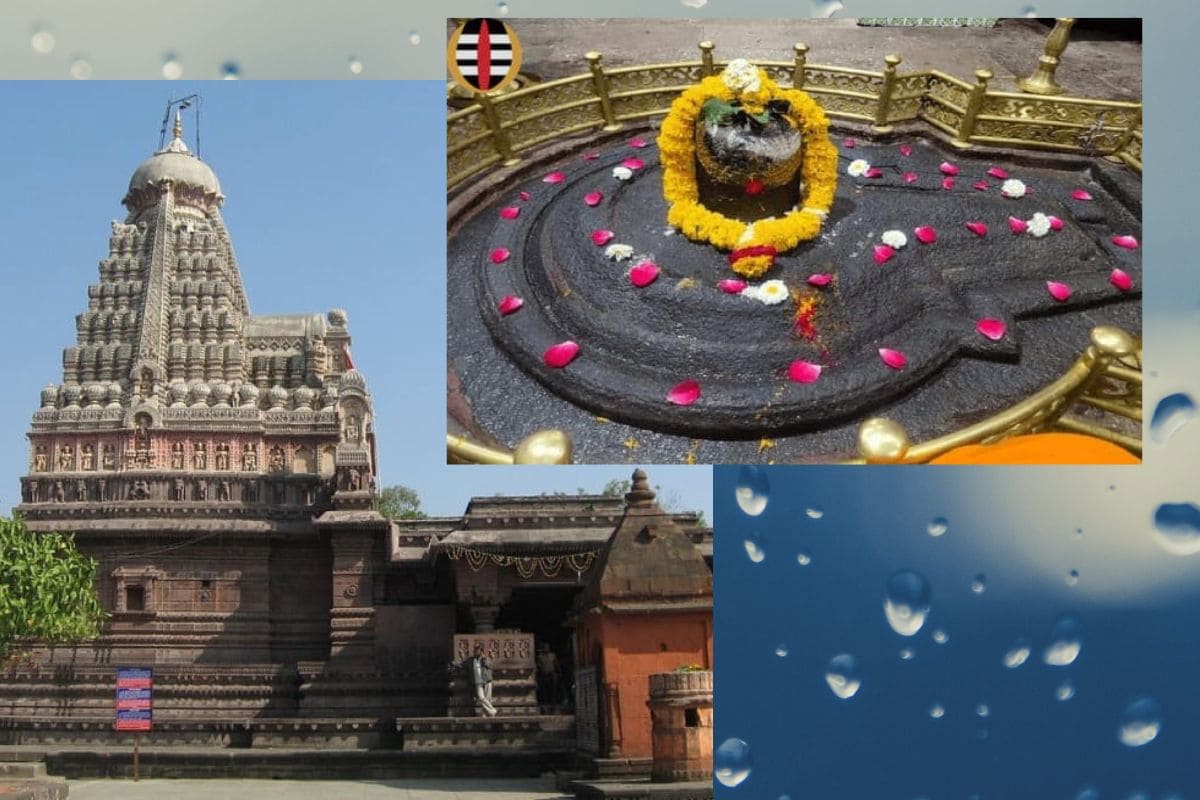
Grishneshwar Jyotirlinga temple history, Significance, location, nearest place
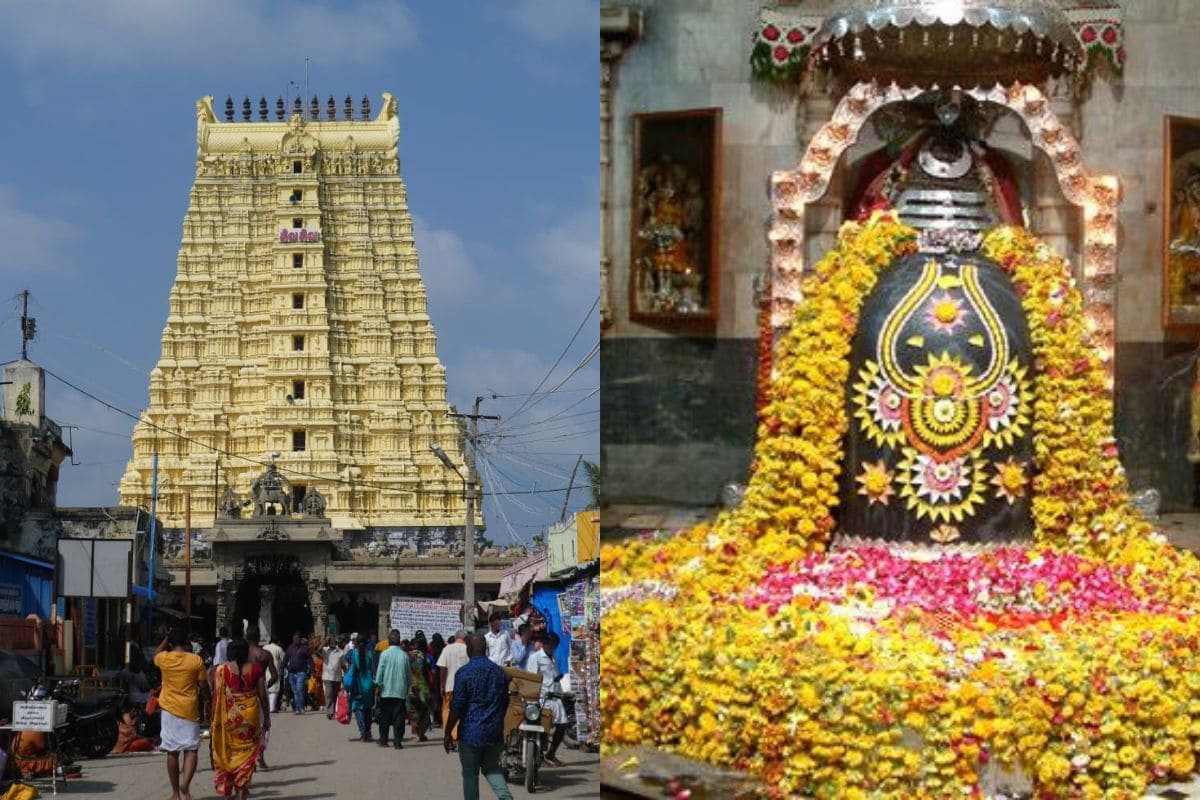
Rameshwaram Jyotirlinga temple history, Significance, location, nearest place
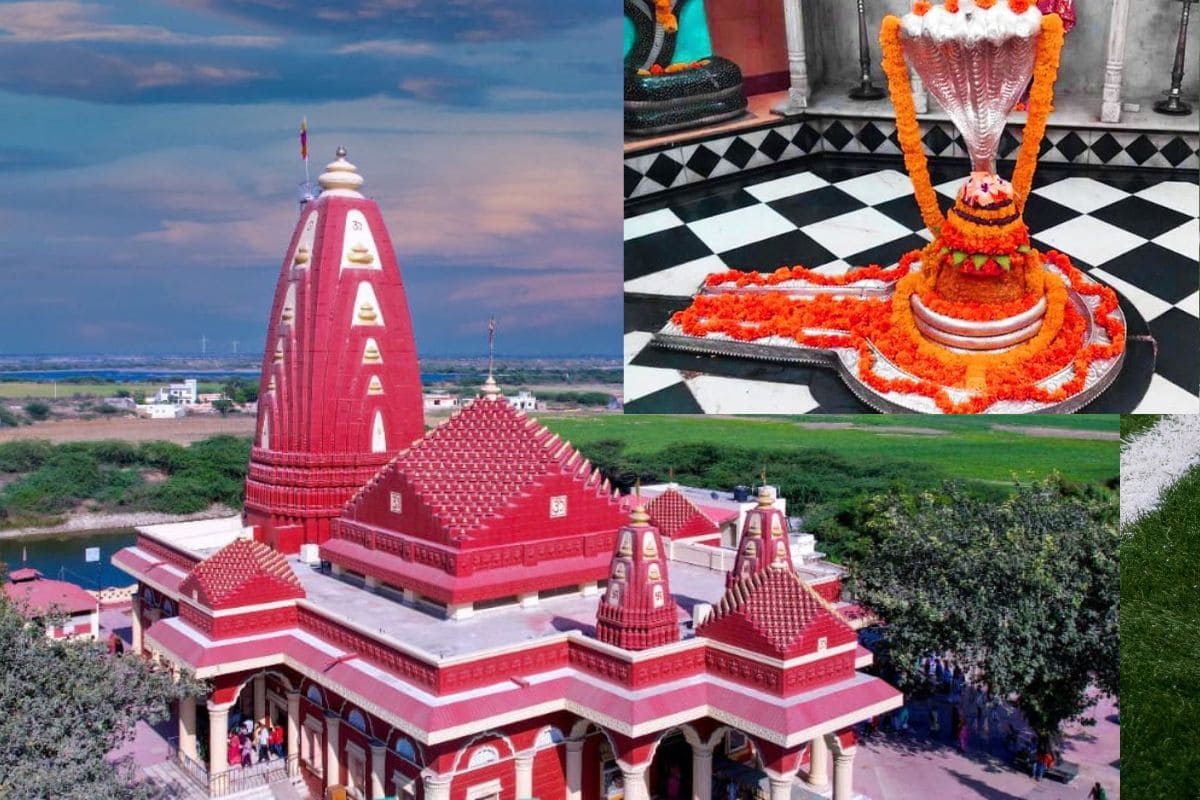
Nageshwar Jyotirlinga temple history, Significance, location, nearest place
